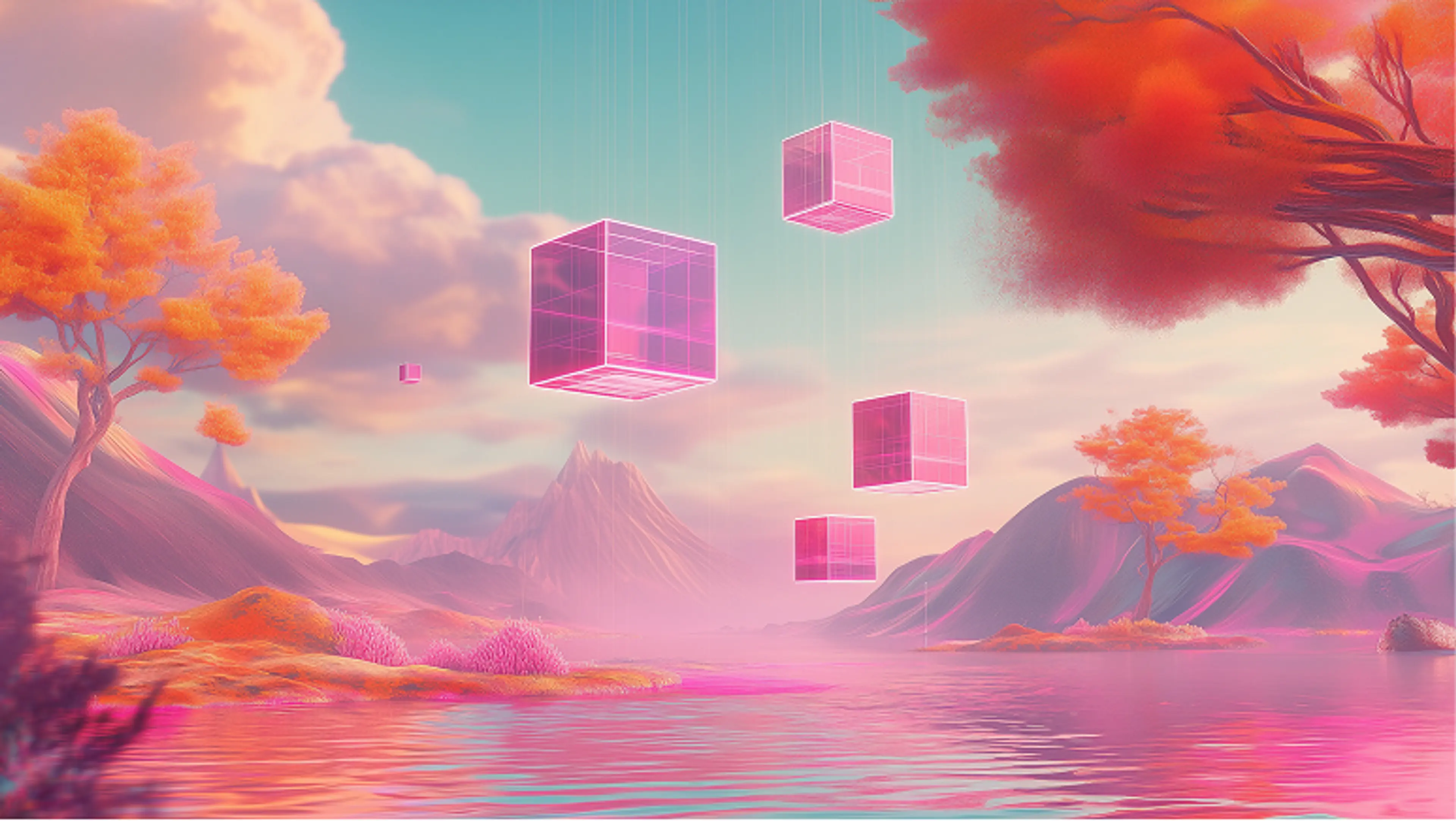How to run Genmo Mochi 1 video generation on a cloud GPU

Video generation is the next frontier for generative AI. Unlike generating images or text, generative video is harder because it needs more compute, has less accessible training datasets, and includes more variables such as smooth motion, temporal coherence and frame aesthetics.
Models like Llama, Pixtral, Flux, and many others have demonstrated how open-source AI drives faster and more widespread innovation across the field. That’s why Genmo’s announcement of the Mochi 1 model is a key step forward in advancing generative AI.
Here’s a snapshot of Mochi specs:
| Mochi 1 Specifications | |
|---|---|
| Model Architecture | Diffusion models built on Asymmetric Diffusion Transformer (AsymmDiT) architecture |
| Parameters | 10B |
| Context | Context window of 44,520 video tokens |
| Resolution | 480p |
| Frames | Up to 30 frames per second and a length of 5.4 seconds |
| Licensing | Apache 2.0 - Personal and Commercial |
Genmo AI's benchmark results showcase state of the art (SOTA) performance in both prompt adherence and ELO scores. These metrics indicate how close the result is to the user’s prompt and fluidity in motion.

Source: Genmo AI
Deploy Genmo Mochi Video with ComfyUI on an Ori GPU instance
ComfyUI is an open-source AI tool developed and maintained by Comfy Org for running image and video generation models. Check out their Github here.
Pre-requisites:
Create a GPU virtual machine (VM) on Ori Global Cloud. We chose the NVIDIA H100 SXM with 80 GB VRAM for this demo, but the optimized ComfyUI version also runs on GPUs with lesser memory. A powerful GPU with more memory enhances the variational autoencoder (VAE), but ComfyUI will switch to tiled VAE automatically if memory is limited.
Install ComfyUI:
Step 1:
1sudo apt update
2sudo apt install gitStep 2: Download the ComfyUI files
1git clone https://github.com/comfyanonymous/ComfyUI.git
2cd ComfyUIStep 3: If you didn’t add the init script for Pytorch, when creating the virtual machine
1 pip install torch torchvision torchaudioStep 4: Install dependencies
1pip install -r requirements.txtStep 5: Install ComfyUI Manager which helps you manage your custom nodes and instance.
1cd custom_nodes
2git clone https://github.com/ltdrdata/ComfyUI-Manager.gitHow good is Genmo Mochi 1?
Mochi 1 Preview demonstrated strong prompt adherence and impressive video dynamics. Reducing the iteration count and frame count can significantly shorten video generation time, which could otherwise take 45 minutes for a 5-second clip at 200 iterations and 30 fps.
We recommend testing the model several times to find a frame rate and iteration count that balance your needs and efficiency. We observed that using detailed prompts—including specifics on camera angles, motion type, lighting, and environment—yielded better results.
With the right prompts, Mochi 1 showed remarkable flexibility in frame aesthetics. While the motion occasionally appeared glitchy, it was generally smooth and fluid. The Genmo Mochi AI model also excelled in executing close-up shots with impressive clarity.
The model struggles with text insertion, a challenge that has also affected image generation models in the past. However, recent improvements in image models show promise, and we expect Genmo to enhance this feature in future updates. Each model iteration takes about 14 seconds which means generating a 5 second clip with 200 iterations takes more than 45 minutes (14*200 seconds), whereas closed-source video generation models are typically much faster.
Though Genmo currently limits the model to 480p resolution and 5-second videos, we’re excited about their upcoming 720p version of the text-to-video model and the future of open source video generation.
Imagine another AI reality. Build it on Ori.
Ori Global Cloud is the first AI infrastructure provider with the native expertise, comprehensive capabilities and end-to-endless flexibility to support any model, team, or scale. Here’s what you can do on Ori:
- Deploy top-tier GPU instances for training, finetuning and inference workloads.
- Serve and scale world-changing AI/ML models with Serverless Kubernetes.
- Build limitless AI with Ori Private Cloud

